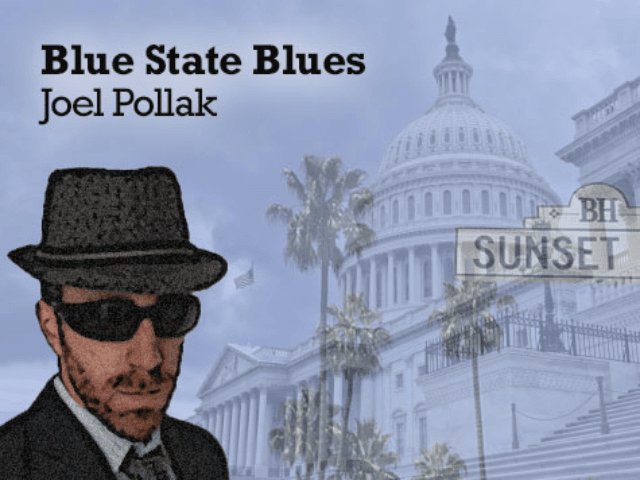There is a repeated pattern in President Donald Trump’s major policy decisions.
- Trump floats a good idea — for example, declaring Jerusalem to be the capital of Israel.
- Debate ensues, with the experts telling us that it cannot be done, and the world telling us that it should not be done.
- Trump makes the decision anyway, and suddenly all of the terrible things we were told to fear somehow fail to happen.
- The world accepts Trump’s choice, adapts to it, and moves on — until the next crisis.
The day after Trump made his historic Jerusalem announcement, amidst predictions of violence and unrest, the New York Times observed: “Rallying Cry of Jerusalem May Have Lost Force in Arab World.”
Arab leaders criticized the decision, but in unexpectedly muted terms. There were some riots in the West Bank, as the Palestinian Authority declared “three days of rage.” But three days are not a new intifada, nor a regional war, and will soon be forgotten.
Similarly, earlier in the year, when President Trump decided to pull out of the Paris Climate Accords, the world warned that the very existence of the planet was at stake, and that the United States risked being isolated.
Then, after he had done it, everyone pretended it had been obvious all along that the Paris agreement had achieved very little, and acknowledged that the only country that would have been obligated to bear any real cost had been the U.S.
Likewise on domestic issues, such as immigration. When Trump first issued his executive order on the “travel ban” in January, the nation’s airports were besieged by swarms of leftist protesters, and the “resistance” was born.
The Acting Attorney General, Sally Yates, refused to enforce the order, and became an instant heroine. (One of her admirers, Michael Weissman, would go on to play a key role in Special Counsel Robert Mueller’s investigation.)
And yet this week, when the Supreme Court upheld the “travel ban” — for the second time — by an overwhelming margin, there was barely a whimper of protest. The 90-day window for the ban had long since passed, giving the Department of Homeland Security time to undertake Trump’s “extreme vetting.”
The damage to our Constitution from the president actually exercising his authority and carrying out his duties to protect the nation never happened.
What President Donald Trump is showing us is that many of the fears we have built up around good and important changes that need to be made are simply illusory. They are fictions created by our enemies; they are doubts sowed by the radicals within who wish to see the American experiment fail. They are apparitions, like the Wizard of Oz, who becomes far less dreadful once an outsider like Dorothy dares to pay attention to the man behind the curtain.
In recent days, Trump has been likened to President Harry Truman, who defied the State Department when he recognized Israel in 1948. But perhaps a more apt comparison would be Truman’s predecessor, Frankin Delano Roosevelt.
FDR is remembered for the famous line from his First Inaugural Address in 1933, when he said: “The only thing we have to fear is fear itself.”
But few quote the rest of the sentence, which is even more powerful (emphasis added): “So, first of all, let me assert my firm belief that the only thing we have to fear is fear itself—nameless, unreasoning, unjustified terror which paralyzes needed efforts to convert retreat into advance.”
Trump was elected to “convert retreat into advance,” to “make America great again.” (Note the parallel, too, to Roosevelt’s campaign song, “Happy Days Are Here Again.”) Like FDR, Trump appeals to our past victories to summon the courage to look past today’s fears. It is difficult to imagine any other candidate doing the same.
Whether his presidency is a success or a failure, Americans will see the world more clearly because of Trump.
Joel B. Pollak is Senior Editor-at-Large at Breitbart News. He was named one of the “most influential” people in news media in 2016. He is the co-author of How Trump Won: The Inside Story of a Revolution, is available from Regnery. Follow him on Twitter at @joelpollak.

COMMENTS
Please let us know if you're having issues with commenting.